מטרס איכותי הוא השקעה חשובה בריאות השינה והבְּריאות היומית שלך, ו종ם עולה בממוצע מאות או אפילו אלפים של דולרים. עם זאת, רבים מתעלמים מקסימה פשוטה ומזו שיכולה להאריך בצורה משמעותית את חיי המטרס: מגן למטרס. גם אם נראית ככזו שמוסיפים לרשימת הקניות, הגנה על המטרס היא חיונית לטיפול ארוך טווח במטרס, שכן היא מגינה מפני בעיות נפוצות שמגרות במטרס לאורך זמן. להלן הסיבות המרכזיות לכך שהיא חובה, וכן טיפים לבחירת מגן ולשימוש בו בצורה אפקטיבית.
עוצר נזקי נוזלים למשך זמן רב
נוזלים הם אחד האויבים הגדולים ביותר של מזרון. כוס תה שנשפכה, בלית בריכה (מילדים או מחתולות), זיעה בלילה, ואפילו רוק יכולים לחדור לשכבת המזרון תוך דקות. לאחר שהרטוב חודר לפנימיות או למצעים, נוצרת סביבה מיטבית לגדילת קרצוף, ירקב וחיידקים. מיקרואורגניזמים אלו לא רק שגורמים לamasPersistent ריחות - הם גם מפורקים את חומרי המזרון, מחלישים את הפנימיות ומדלדלים את המצעים מעבר ל ripair. מכסה מזרון איכותי פועל כמגן ממי, וمانע מהנוזלים להגיע אל המזרון עצמו. רוב המכסות המודרניות משתמשות בבדים breathablesמייחים, כך שהן שומרות על המזרון מפני שפיכות מבלי לגרום לכם להרגיש חמים מדי או לחוצים בזמן השינה. לאורך הזמן, ההגנה הזו תשמור עליכם הוצאות יקרות של ניקוי מקצועי או החלפת המזרון מוקדם מדי עקב נזק נוזלי בלתי הפיך.
שומר על ניגודים
גם ללא שפיכות משמעותיות, השימוש היומיומי גורם להצטברות איטית של כתמים על המזרון. שמנת גוף, שאריות שמן, תאי עור מתים ומוצרי תספורת עוברים מהגוף אל פני המזרון כל לילה. חומרים אלו לא רק שהופכים את המזרון למראה לא מושך, אלא גם מושכים עיני בגדים ומקשים על סיבי הבד. ניקוי כתמים מהמזרון הוא מורכב – ספיגת אבק מסירה רק את האבק על פני השטח, ומנקיות אגרסיביות עלולות לפגוע בפוליאוריתן או להפיח את הצבעים. מגן מזרון עוצר את כל הכתמים הללו במקור. במקום לנקות את המזרון ישירות, ניתן פשוט להוריד את המגן ולהשליכו למכונת כביסה (רוב המגנים ניתנים לכביסה במכונה לשם ניקיון קל). כך נשמר את המזרון מראה נקי וטרי לאורך שנים, ומשמר את מראהו ואפילו את ערכו לשכירות או מכירה, אם אי פעם תחליטו לשדרג.
פוחתת בפיזור של אלרגנים
לכל מי שסובל מאלרגיות או אסתמה, מזרון יכול להיות מקור סמוי לתסכול. עיני הבקבוק, שערות домашיות, אבקת אבק ומוצץ נוטים להצטבר בשכבת המזרון - שכן המרחב החם והחשוך הוא אידיאלי לרבוי עיני הבקבוק. האלרגנים הללו מפעילים שיעול, עיניים מדמיעות ושינה מקוטעת מהרגע שבו אתה שוכב. מכסה מזרון יוצר מחסום פיזיקלי שחותם את המזרון, ומונע מהאלרגנים להיכנס או להימלט. לחפש מכסות שמסומנות כ"מגנות מאלרגנים" או "עמידות בפני עיני בקבוק" - אלו עשויות מחומר מת woven שסגור גם את החלקיקים הקטנים ביותר. על ידי לכידת האלרגנים במכסה (או שמירה מהם מהחדרת המזרון לגמרי), אתה מפחית את המגע שלך עם חומרים מגרים. זה מוביל לאויר טהור יותר בחדר השינה ולשינה מנוחתית יותר, מה שקריטי לבריאות ארוכת טווח - חשיפה כרונית לאלרגנים יכולה להחמיר את הבעיות הנשימתיות עם הזמן.
מוסיף שנים לחיי המזרון
בדרך כלל מזרון שומר על תוקף שלו בין 7 ל-10 שנים, אך טיפול לקוי יכול לקצר תרופה משמעותית. ללא הגנה, נזקי שגרה מצטברים במהרה: ספוג הופך לדלול עקב לחות ושמנים של הגוף, בדדים נקרעים עקב החיכוך עם כתמים, ותמיכה מבנית מחלישה עקב נזק מהעתק או עקרצנים. מכסה מזרון פועל כמגן בין הגוף למזרון, והוא מונע את הפגיעה שיכולה לפגוע במזרון עצמו. לדוגמה, הוא מונע מהשמנים של הגוף לחדור לתוך הספוג (מה שגורם לאיבוד קשיחות) ומגן על הבדידים מפני קריעות או איבוד צבע. על ידי הפחתת הנזקים הללו, מכסה יכול להאריך את חיי המזרון ב-2 עד 3 שנים – מה שמ spare לך כסף בטווח הארוך על ידי דחיית הרכישה של מזרון חדש. כשחושבים כמה עולה מזרון חדש, השקעה קטנה במכסה שווה בהחלט את ההשקעה לתחזוקה ארוכת טווח.
שומר על תוקף האחריות של המזרון שלך
רבות מממות המזרנים מציעות אחריות שמכסה פגמים כמו שקיעות, קפיצים שבורים או התפרקות הפורם – אך לאחריות ישנה לעתים קרובות דרישה: טיפול תקין במזרן. אם המזרן ניזוק עקב רטיבות, כתמים או עופרת (בעיות שהמגן יכול היה למנוע), יצרן המזרן עשוי לבטל את האחריות. כלומר, לא תקבל תיקון או חליפה גם אם למזרן יש בעיה מבנית. מגן מזרן עוזר לעמוד בדרישות האחריות על ידי שמירה על מצב טוב של המזרן. כשאתה יכול להוכיח שננקטו צעדים להגנתו (כמו שימוש במגן), סביר יותר שיצרן יכבד את האחריות במקרה שמשהו משתבש. זה מעניק להשקעה שלך אבטחה נוספת, ומבטיח שתפיק את המירב מהכיסוי של המזרן.
מגביר נוחות שינה מבלי להקריב הגנה
אנשים רבים מתעלמים ממגיני מזרון כי הם דואגים לנוחות – הם חוששים שזה יהיה חמור, רועש או שיגרום להזעה. אך מגינים מודרניים נועדו תוך כדי התמקדות בנוחות. רבים מהם מייצרים אותם מחומרים רכים ונושמים כמו פשתן או מיקרופיבר, שמרגישים חלקים על העור, ממש כמו מצע רגיל. דגמים נגד מים משתמשים לעתים קרובות בחלקים דקים ושקטים שלא משמירים כשאתה זז, ולכן הם לא מפריעים לישנתכם. חלקם מגיעים עם תכונות נוספות, כמו טכנולוגיית פליטת לחות כדי לשמור עליכם קרירים בלילה חמים או בבדים היפואלרגניים עבור עור רגישה. על ידי בחירת מגן באיכות גבוהה, תקבלו את כל היתרונות של הגנה מבלי לוותר על נוחות – מה שגורם לכך שיהיה קל לשימוש יומיומי ולשמירה ארוכת טווח על המזרון שלכם.
איך לבחור את מגן המזרון הנכון לשימוש ארוך טווח
כדי להפיק את המаксימום ממגן מזרון, עליכם לבחור גרסה המתאימה לצרכים שלכם. ראשית, בדקו את הגודל: ודאו שהוא תואם את המזרון שלכם (תאום, רגיל, מַלְכָּה, מלך וכו') ויש לו כיסים עמוקים אם המזרון שלכם עבה או עם שכבת פילו. לאחר מכן, חישבו על החומר: מגנים מעור ת cotton רכים ונושמים, בעוד מגנים ממכובד הם עמידים ומזילים תקציב. למטרת ניקוז, בחרו במגן עם קרום פוליאוריתן (הימנעו ממקשה – הם שומרים על החום). אם סובלים מאלרגיות, בחרו באפשרויות המאגדות אלרגנים או מתנגדות לביתנים. לבסוף, בדקו את הנחיית האחזקה: מגנים שניתן לשטוף במכונה נוחים יותר לניקוי, כך שתוכלו לשמור עליהם בקביעות. בחירת מגן מתאים מובטחת שהוא יעבוד היטב לאורך שנים, ותורמת לתחזוקת המזרון לטווח רחוק.
באופן מילולי, מגן מזרון הוא יותר מאשר רק אביזר – זהו כלי הכרחי לשמירה על המזרון שלך, הגנת הבריאות שלך וחיסכון בכסף. מניעת חדירת נוזלים וכתמים, הפחתת אלרגנים והארכה של חיי המזרון, כל היתרונות תומכים ישירות בשימור המזרון לאורך זמן. על ידי השקעה במגן איכותי ושימוש עקבי בו, תוכל לשמור על המזרון שלך בתנאי שיא במשך שנים, ולוודא שכל שינה בלילה תהיה מרגיעה כמו הראשונה.


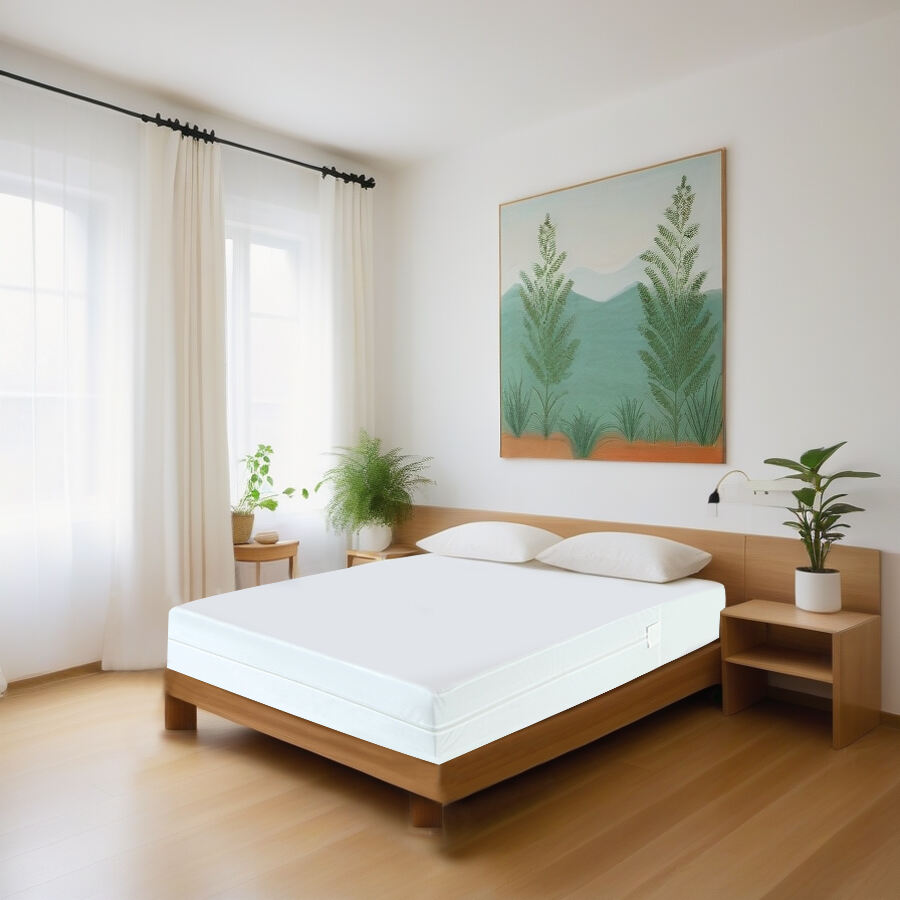



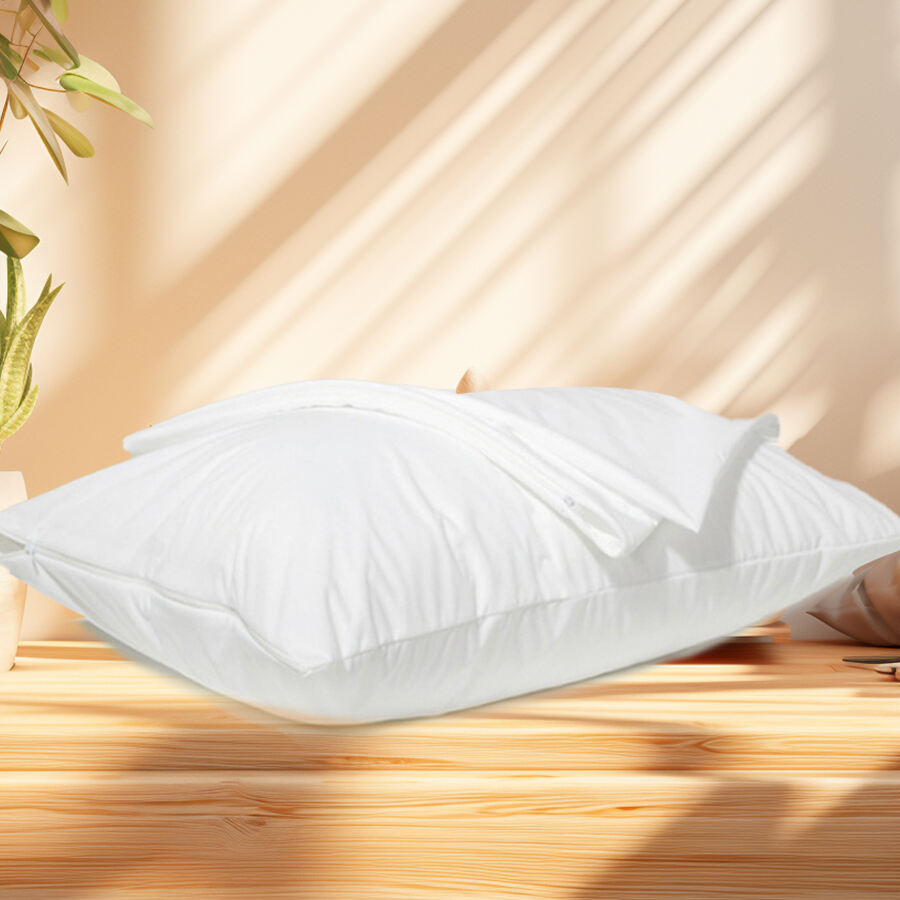













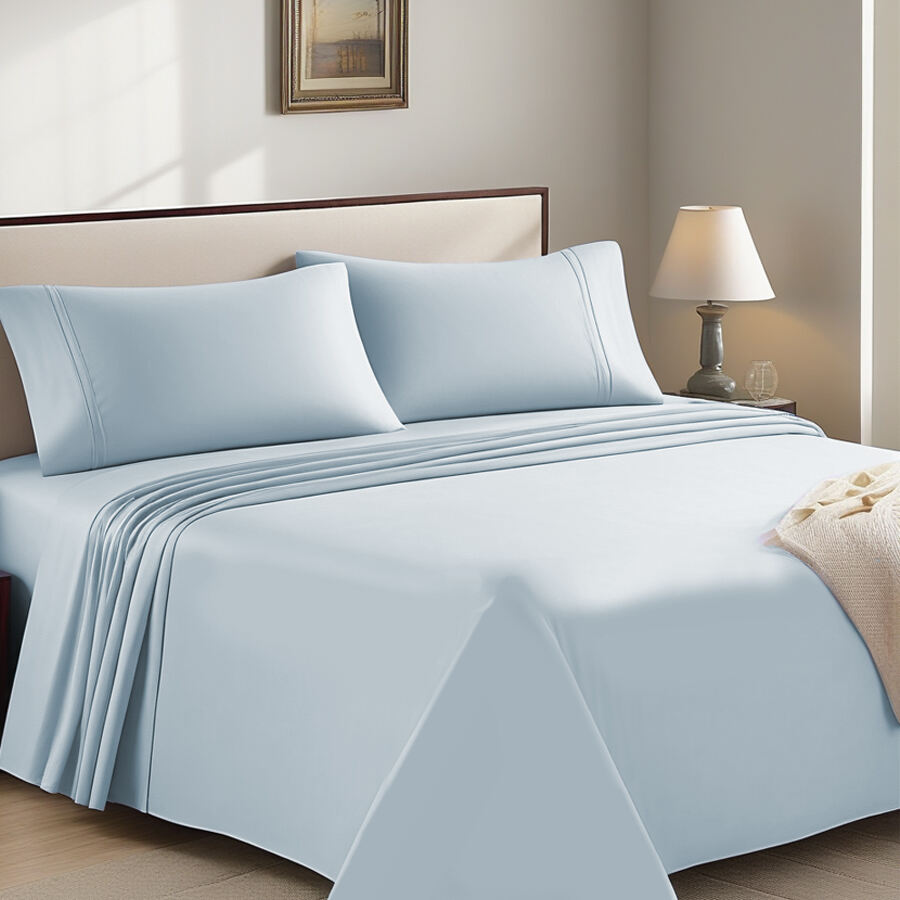


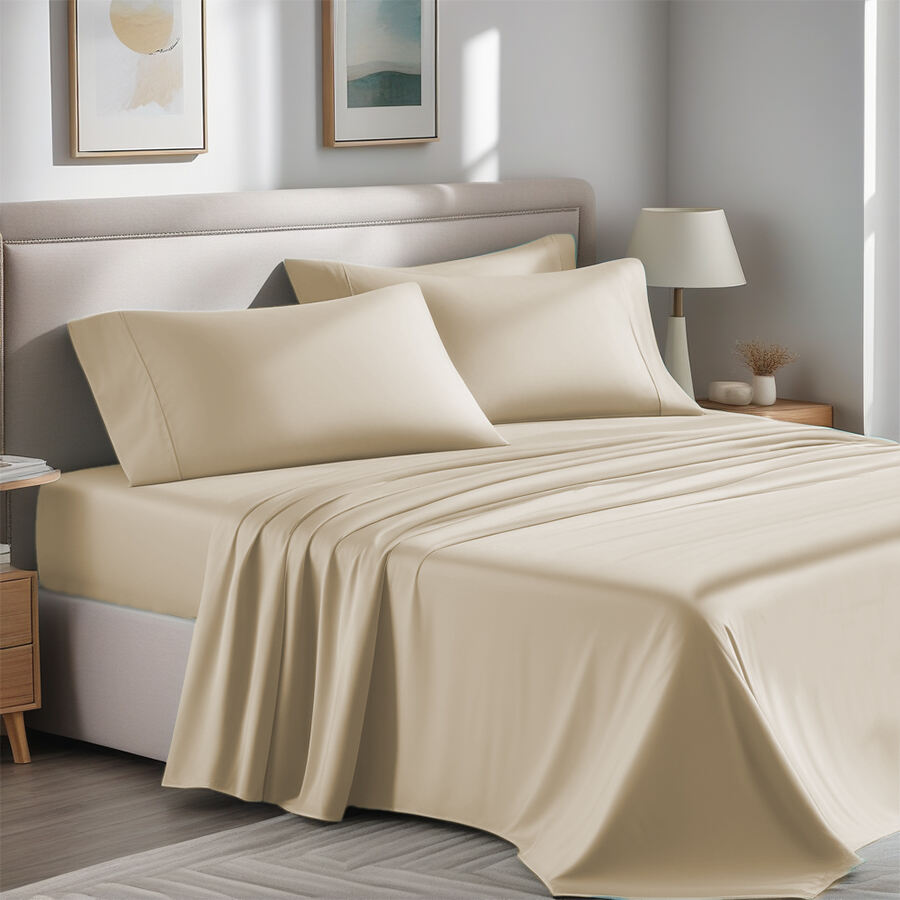






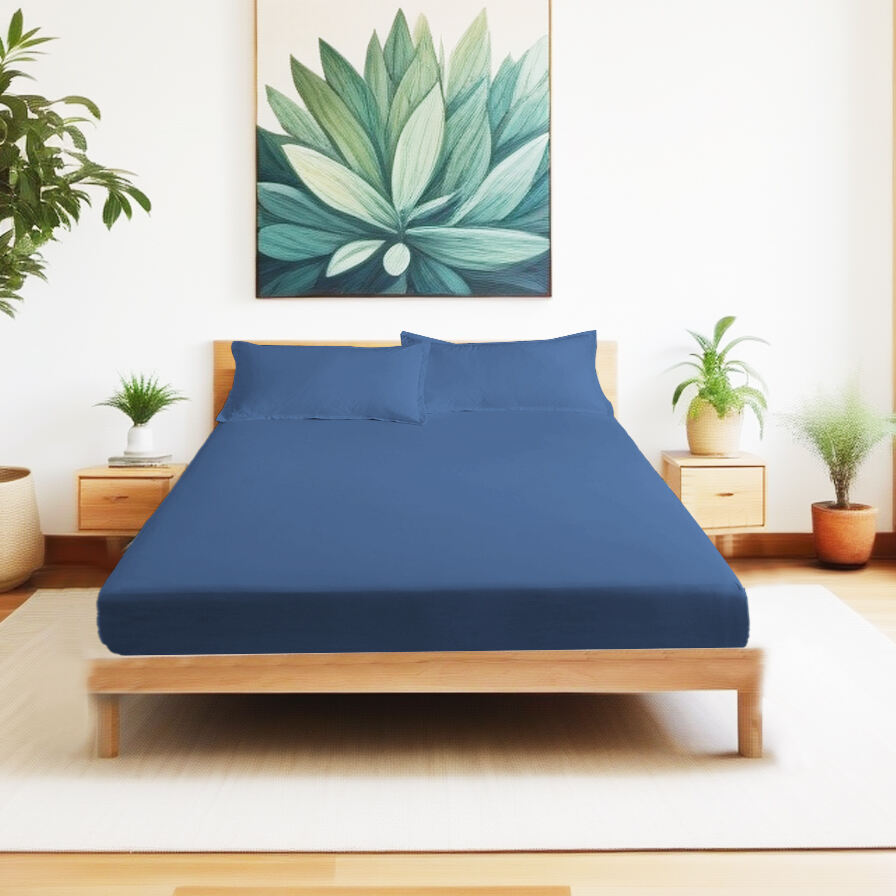

 EN
EN
 AR
AR HR
HR DA
DA NL
NL FR
FR DE
DE EL
EL IT
IT JA
JA KO
KO NO
NO PL
PL PT
PT RU
RU ES
ES SV
SV IW
IW VI
VI HU
HU TR
TR AF
AF MS
MS GA
GA